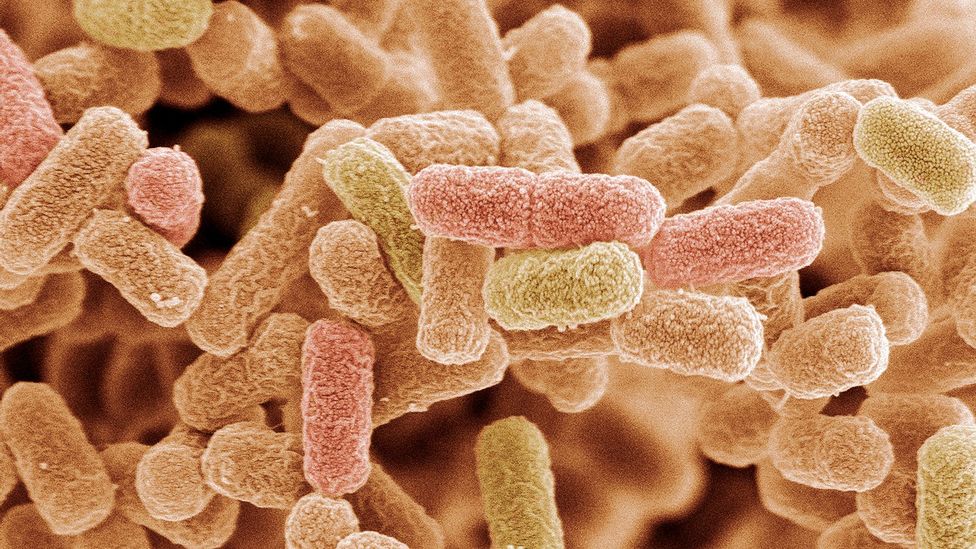Timeline and Scope
Between July 27 and August 27, educational centers experienced four outbreaks of food poisoning. Alarmingly, three of these outbreaks were traced back to fish. Most affected areas were located in the southern zone. Of the affected individuals, 77 needed medical intervention. The age group most impacted ranged from 7 to 13, but there were instances of those up to 17 years of age, and even an adult case.
Findings from the Ministry of Health
The Costa Rica Ministry of Health, after an exhaustive investigation, presented their epidemiological report. Their studies identified histamine as the primary culprit, especially in pink marlin. Histamine naturally forms in fish after it dies. While low levels are safe, higher concentrations can intoxicate humans. The acceptable threshold for histamine is set at 100 milligrams per kilogram. Worryingly, in three of the documented outbreaks, both raw and cooked fish samples reflected histamine levels soaring above 200 milligrams per kilogram.
Underlying Causes for Food Poisoning
Fish-based food poisoning can manifest from various lapses:
- Breaks in the cold chain: This could happen during preparation, packaging, or distribution.
- Poor Handling: Lack of proper handling protocols can elevate risks.
- Cross-Contamination: Unsanitary practices can lead to dangerous cross-contamination.
- Using Stale Fish: Using fish that’s past its prime can be a direct cause.
Inspection Findings in School Canteens
The Costa Rica Ministry of Health is proactive in ensuring the safety of students. Their regular health inspections in school canteens revealed not only high histamine levels but also the presence of harmful bacteria. Notably, Escherichia coli and Staphylococcus aureus were detected in various food items like salads, rice, cooked beans, and tortilla dough, highlighting the importance of maintaining strict food safety standards.

